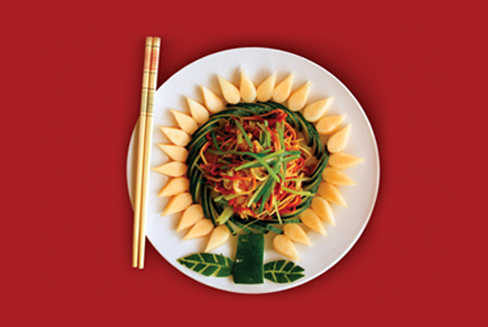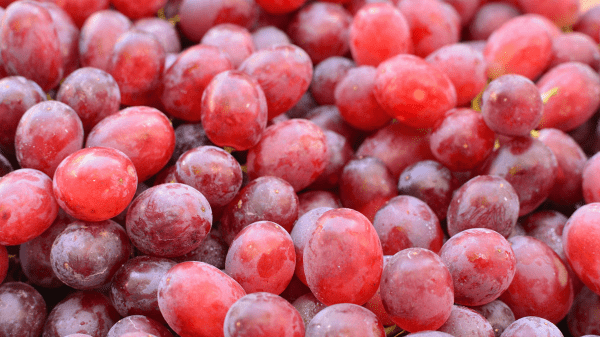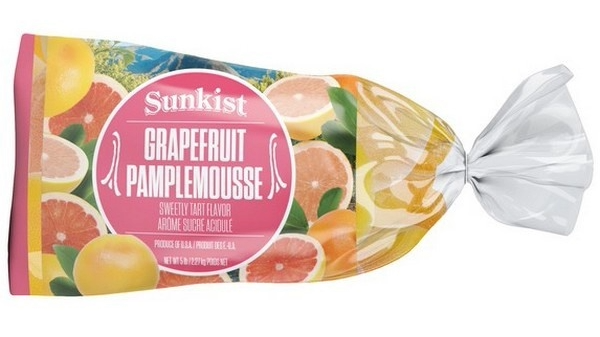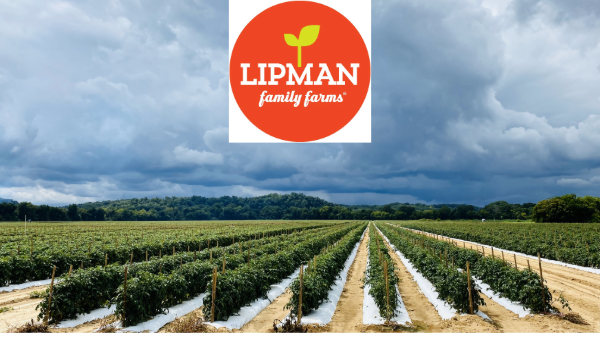Welcome to Blue Book!
Are you ready to join the thousands of companies who rely on Blue Book to drive smarter decisions? View our plans and get started today!
Still have questions? We’d love to show you what Blue Book can do for you. Drop us a line– we’ve been waiting for you.

Annual exports from British Columbia to Pacific Rim nations are only in the $5 million range, mostly mushrooms, tomatoes, and corn to Japan, peas and frozen vegetables to China, and potatoes to both nations. Top commodity imports from the East are garlic, truffles, and dehydrated vegetables, accounting for over $98 million in trade. Nationally, Japan is Canada’s second-biggest export destination and China its fourth; China is also the third-biggest of the country’s import partners. Free trade agreements such as the recently finalized Trans-Pacific Partnership, labor laws, and safety standards have been directed at this growing two-way traffic.
The region’s climbing Asian population, as well as a shortage of farm workers in the early years of the twenty-first century meant immigrants from the East—particularly Southeast Asians—have increasingly found work in the Canadian produce industry. Farm workers of Asian descent were a tiny percentage of the total up until the 1990s, but have skyrocketed by over 300 percent in recent years.
Some of these workers find themselves rushing to meet growing demand in the United States and Japan for organic corn and potatoes. According to Dr. Michael Brownbridge, research director of horticultural production systems at the Vineland Research and Innovation Centre, a new passion for organics amongst more well-off buyers overseas has driven production in Canada for a variety of organic commodities.
GROWERS AND GROWTH
Just like ‘Asian cuisine,’ there is a very large, somewhat nebulous grouping of what are considered ‘Asian vegetables.’ Within this category are various greens called Chinese cabbage (such as bok choy and Napa), Chinese long bean, bamboo shoots, daikon, durian, cilantro or Chinese parsley, Japanese eggplant, Chinese broccoli, bean curd, taro root, snow peas, lemongrass, bitter melon, and such exotic items as mizuna (‘water greens’), opo squash, and tatsoi (spinach mustard). Other favorites like water chestnuts and both matsutake and shiitake mushrooms have steadily gained popularity and successfully crossed over to the mainstream for many chefs and consumers.
Access to these specialty vegetables, for the most part, does not come from Canadian growers.
British Columbia dedicates only a few hundred acres to Chinese cabbage, and other Asian vegetables account for only 230 total acres, generating just over $1.3 million in income per year. The vast majority of Asian produce consumed in the province, over 85 percent, is imported from America, primarily California. A lesser amount comes from even further south of the border in Mexico; Asian vegetables from Asia, however, are rare, making up less than 1 percent of total imports.








